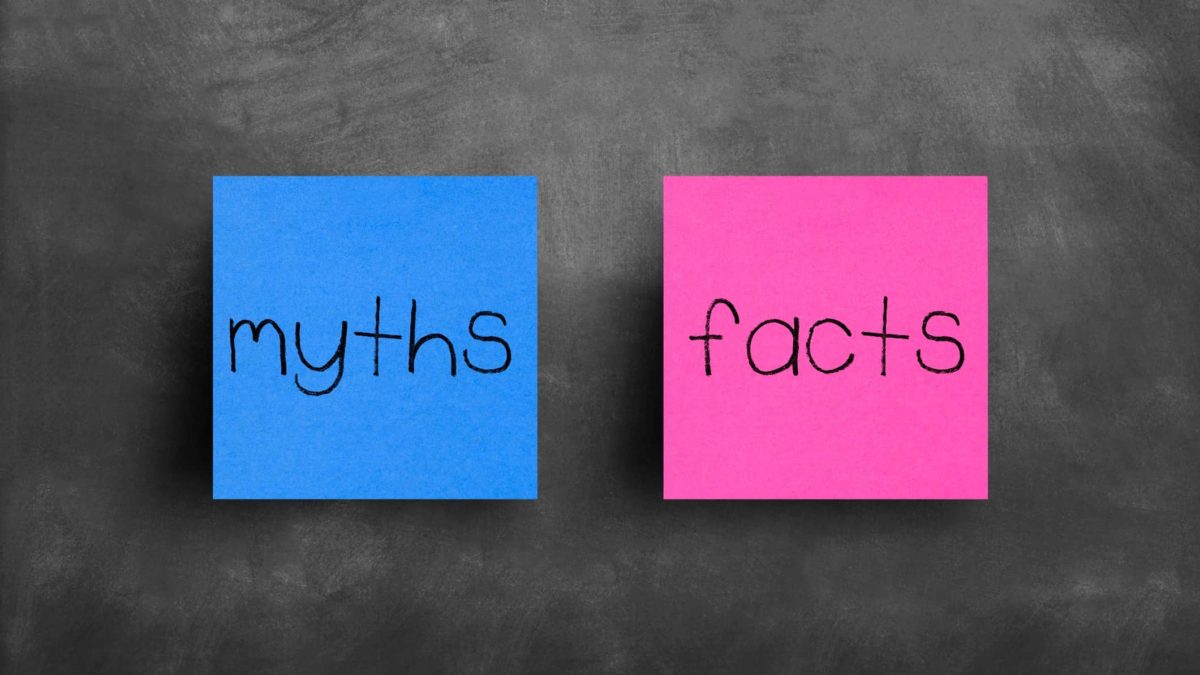I believe that nearly everyone has the capability of reaching a good retirement fund number. However, you can't let some retirement myths get in the way.
Not many people want to work their whole life. Retirement is definitely possible, even if you're only just starting out.
There are some important myths not to believe:
Myth 1: "I can't do it"
This is the biggest one. Whilst not everyone will be able to create a good retirement fund, I think superannuation will be able to help most people get to a good retirement number. You need to ensure you are engaged with your superannuation account, know what assets you're investing in and know that it's not costing you tons in fees.
According to the Australian Bureau of Statistics (ABS), at November 2019 the average weekly total earnings per week was $1,256.20 which equates to about $65,300 per year.
Assuming you earn enough per month, Australians are entitled to be paid superannuation to the value of 9.5% of their wage. The average wage amount suggests annual payments of $6,000 into your superannuation account.
According to Moneysmart's compound interest calculator, if $6,000 a year is invested into shares in your super and your shares return an average of 10% per annum then you'd have $1 million in just over three decades from now.
It shows you could become a millionaire just with your mandatory superannuation contributions over 30 years. What if you earned more than the average Australian wage? Could you voluntarily add more into your superannuation account? What happens if you invest additional money outside of super?
For most people, I think they can reach a good retirement number.
Myth 2: The 4% rule
A safe withdrawal rate (SWR) is the number that tries to work out how much you can withdraw from your retirement fund each year to live well whilst not eating into your nest egg savings. A 4% SWR is a commonly used rate. In the past that may have worked, but in this new world I think withdrawing 4% each year could be too much.
It can be dangerous to think that your portfolio will be able to fund your lifestyle at the same level through all stages of an economic cycle. Imagine if you retired one year before the GFC. You could end up eating into your portfolio balance to live and then it doesn't recover as much as it's meant to because you've eaten into the (beaten-down) capital value.
I do believe that retirees still need to invest at least some of their funds in growth assets. Retirement could last three or four decades – and you need to expect there will be some hefty medical bills along the way. I'm not sure how appropriate bonds are now that interest rates are at rock-bottom levels. I think shares are the answer.
A 4% withdrawal rate could be too much to be called "safe". I think it would be better to lower that expectation to a 3% rate. Or, to only live off the dividends paid out by reliable and growing ASX shares like Washington H. Soul Pattinson and Co. Ltd (ASX: SOL).
Myth 3: Many ASX blue chips are safe
I've never been much of a fan of many ASX blue chips because I always thought that they offered little growth and their business models weren't that defensive.
Investing in names like Westpac Banking Corp (ASX: WBC) and Telstra Corporation Ltd (ASX: TLS) may have seemed like a safe option because they're 'blue chips'. But they both have seen heavy share price falls over the last few years and there have been huge dividend cuts. That's not been safe at all.
Just because something pays a dividend doesn't mean it's a good ASX dividend share in my opinion. I think names like Soul Patts, APA Group (ASX: APA) and Brickworks Limited (ASX: BKW) are safer options for long-term income.
A business is only a safe dividend share if it can fund that dividend with reliable (and growing) earnings. Businesses like CSL Limited (ASX: CSL) and Wesfarmers Ltd (ASX: WES) have demonstrated profit growth during COVID-19. I also like dividend ideas like Rural Funds Group (ASX: RFF) and WAM Microcap Limited (ASX: WMI).


